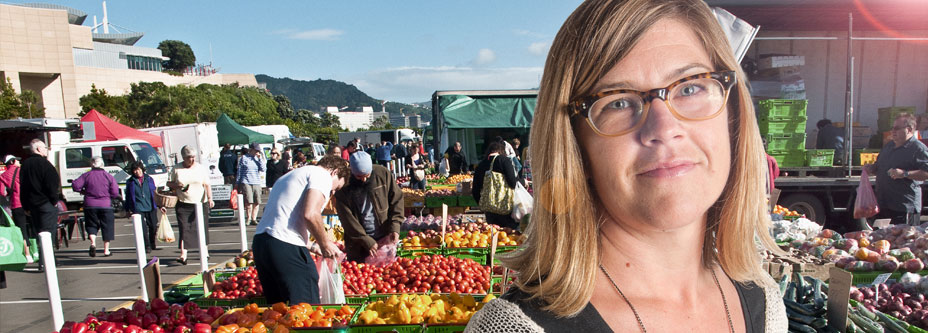
“Five-plus” for farmers' markets
Public health authorities recommend eating five-plus servings of fruit and vegetables every day, something that isn't always easy for low-income families.
New research from the University of Otago, Wellington shows that optimising the location of New Zealand's humble farmers' markets could help improve this.
The study collected data on current farmers' markets, population distributions, area deprivation and roads, combined with geographic information system (GIS) modelling for locational optimisation analysis. Results showed that, currently, around seven per cent of the population are within 15 minutes' drive of a farmers' market. However, if the same number of markets were more optimally located, that figure would jump to around 22 per cent. For deprived groups, access would increase four-fold.
Researcher Dr Amber Pearson says evidence suggesting that improved locational access to farmers' markets can increase fruit and vegetable consumption provides strong impetus for action.
“International studies have shown that in areas where access to farmers' markets improves, the consumption of fruit and vegetables does increase. That may be partly related to lower food prices at farmers' markets – although some specialty markets offer more expensive, organic produce – but also the competitive impact of farmers' markets in driving down fruit and vegetable prices at neighbouring outlets.”
Given that such farmers' markets are so easy to establish and relocate, there is large scope for local and central governments to promote their optimal location and expansion for reasons of both public health and sustainability, Pearson says.
The study is published in the international open access journal PeerJ.